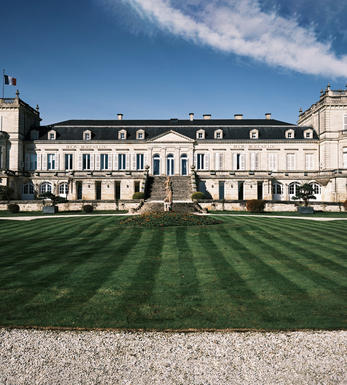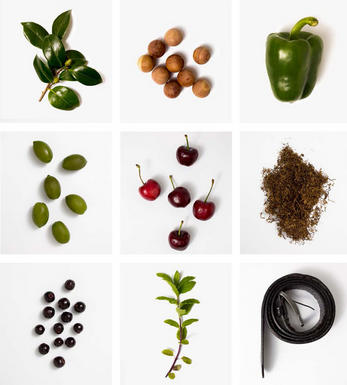
2022 Le Petit Ducru, St Julien, Bordeaux

Critics reviews
Jane Anson, janeanson.com (May 2023)
Wine Advocate (April 2023)
About this WINE

Chateau Ducru-Beaucaillou
Château Ducru-Beaucaillou is a St-Julien property that today is one of the leading Super Seconds. It is owned by the Borie family and is situated in the south-east of the St-Julien appellation. Ducru-Beaucaillou's 50 hectares of vineyards (Cabernet Sauvignon 65%, Merlot 25%, Cabernet Franc 5% and Petit Verdot 5%) lie on deep, large-stone gravel beds enriched with alluvial soil deposits and with a high clay content. The wines are matured in oak barriques (50-60% new) for 18 months.
For many, Ducru-Beaucaillou is the quintessential St-Julien - deep-coloured, powerful, ripe, exquisitely well-balanced and perfectly harmonious. It requires a minimum of 10 years of bottle ageing before it should be approached and the best vintages will continue improving for many more years. Ducru-Beaucaillou is classified as a 2ème Cru Classé.

St Julien
St Julien is the smallest of the "Big Four" Médoc communes. Although, without any First Growths, St Julien is recognised to be the most consistent of the main communes, with several châteaux turning out impressive wines year after year.
St Julien itself is much more of a village than Pauillac and almost all of the notable properties lie to its south. Its most northerly château is Ch. Léoville Las Cases (whose vineyards actually adjoin those of Latour in Pauillac) but, further south, suitable vineyard land gives way to arable farming and livestock until the Margaux appellation is reached.
The soil is gravelly and finer than that of Pauillac, and without the iron content which gives Pauillac its stature. The homogeneous soils in the vineyards (which extend over a relatively small area of just over 700 hectares) give the commune a unified character.
The wines can be assessed as much by texture as flavour, and there is a sleek, wholesome character to the best. Elegance, harmony and perfect balance and weight, with hints of cassis and cedar, are what epitomise classic St Julien wines. At their very best they combine Margaux’s elegance and refinement with Pauillac’s power and substance.
Ch. Léoville Las Cases produces arguably the most sought-after St Julien, and in any reassessment of the 1855 Classification it would almost certainly warrant being elevated to First Growth status.
Recommended Châteaux: Ch. Léoville Las Cases, Ch.Léoville Barton, Ch Léoville Poyferré, Ch. Ducru-Beaucaillou, Ch Langoa Barton, Ch Gruaud Larose, Ch. Branaire-Ducru, Ch. Beychevelle

Cabernet Sauvignon
The most famous red wine grape in the world and one of the most widely planted.
It is adaptable to a wide range of soils, although it performs particularly well on well-drained, low-fertile soils. It has small, dusty, black-blue berries with thick skins that produce deeply coloured, full-bodied wines with notable tannins. Its spiritual home is the Médoc and Graves regions of Bordeaux where it thrives on the well-drained gravel-rich soils producing tannic wines with piercing blackcurrant fruits that develop complex cedarwood and cigar box nuances when fully mature.
The grape is widely planted in California where Cabernet Sauvignon based wines are distinguished by their rich mixture of cassis, mint, eucalyptus and vanilla oak. It is planted across Australia and with particular success in Coonawarra where it is suited to the famed Terra Rossa soil. In Italy barrique aged Cabernet Sauvignon is a key component in Super Tuscans such as Tignanello and Sassicaia, either on its own or as part of a blend with Sangiovese.


Buying options
Add to wishlist
Description
Creamy generosity to the blackberry and cassis fruits, showing intensity and depth, knitted down right now, and with clear ageing potential and heavy black pepper spice. Tasted twice, this is an En Primeur wine to its boots, feels young and full of promise. 25ha on western side of St Julien (formerly Lalande Borie until 2018, plus sourcing from across the appellation), 3.77ph, IPT86, 43% new oak for ageing.
Jane Anson, janeanson.com (May 2023)
wine at a glance
Delivery and quality guarantee